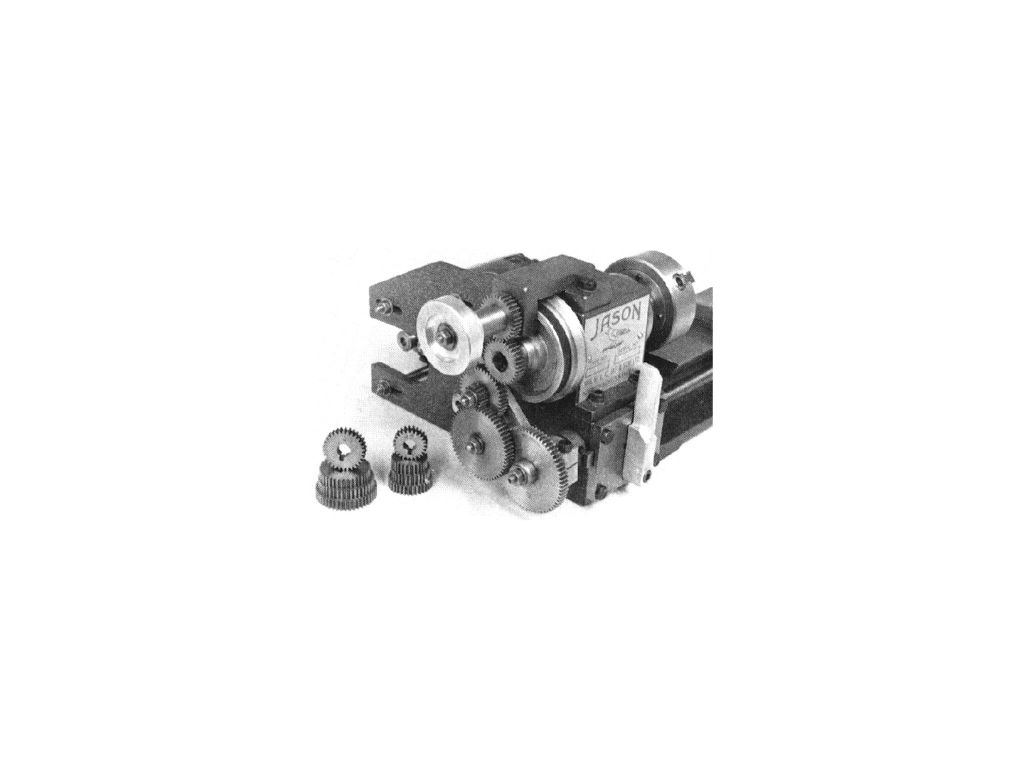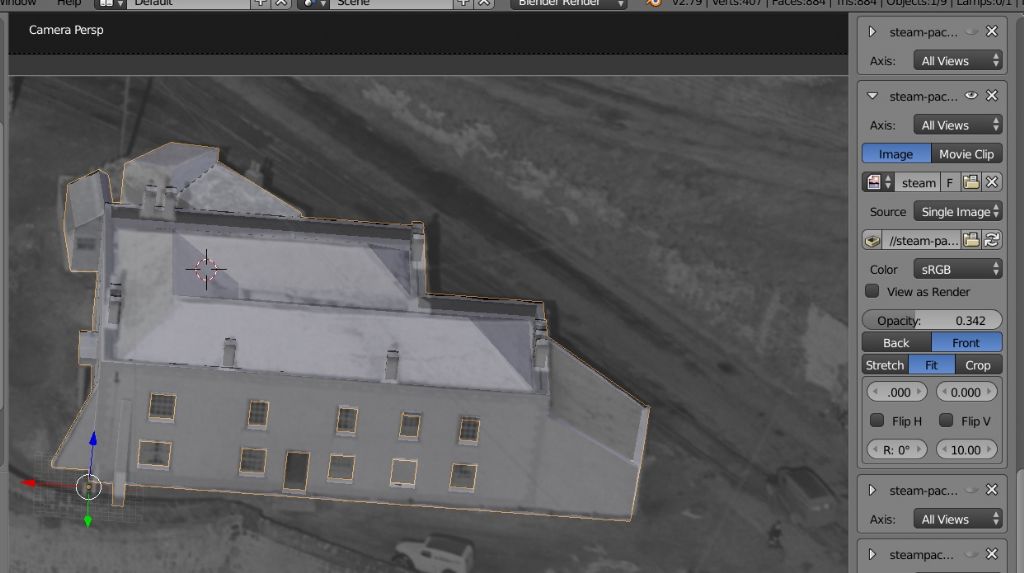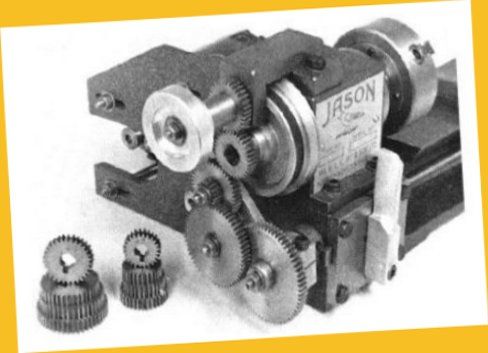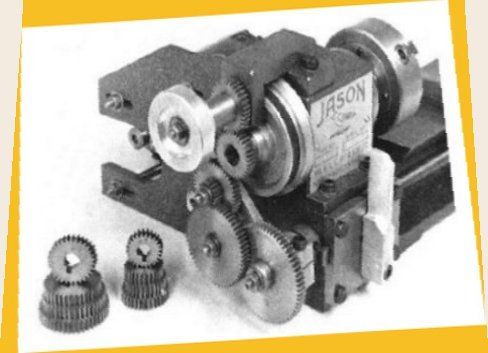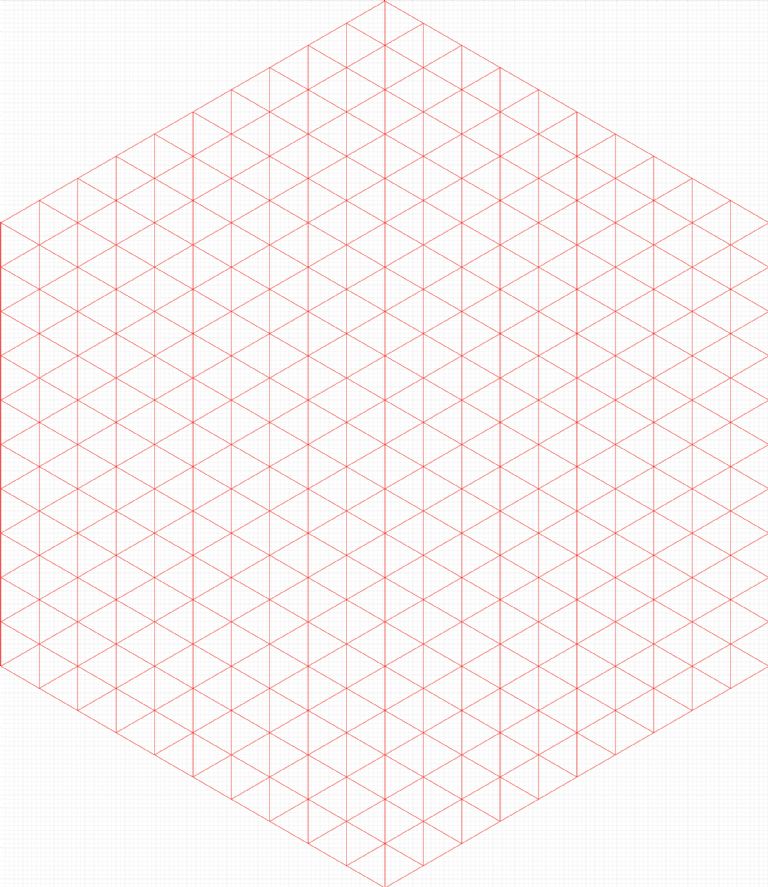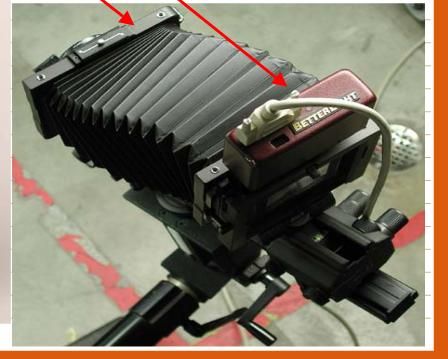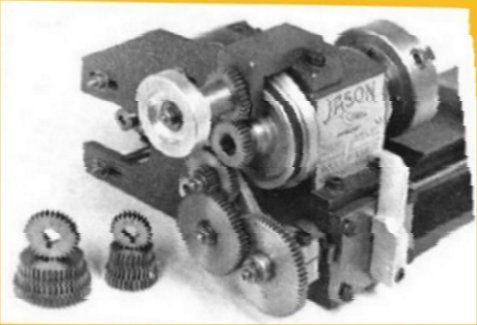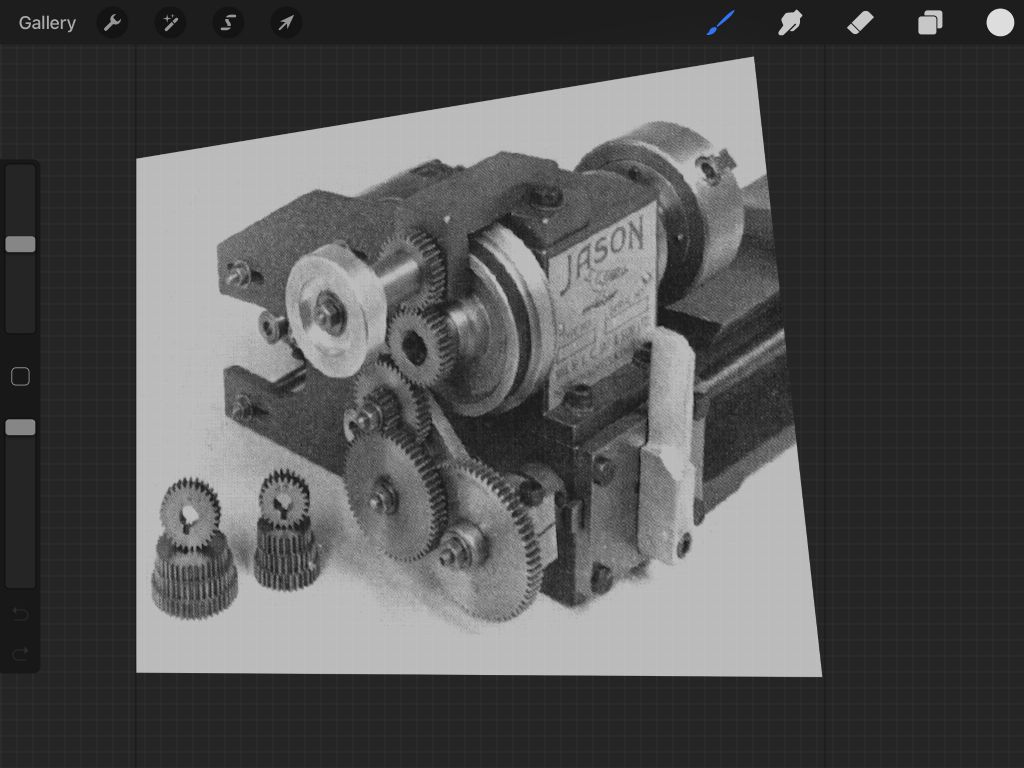Another tricky problem from Michael!
This shot from Michael's first link suggests why the answer is hard:

The type of camera that may have been used to photograph the Jason is adjustable in all three planes, and is positioned and tilted by the operator relative to the target to control perspective and lens distortion. He adjusts images by eye so they look good, rather than them being geometrically correct. Getting back to isometric means first undoing the unknown camera corrections, and then removing perspective and lens distortions; the lens is also unknown.
Problem is still difficult even if an ordinary camera was used. The camera sees a perspective image because the object isn't flat. Big cow far away and model cow close up are the same size, making it possible to take photographs like this, which I think are impossible to lay on an isometric grid and recover the dimensions.

In the Pisa example, in translating a 3D image of the tower and girl into 2 dimensions the camera has lost the information that tower and girl are on entirely different scales. Although the Pisa example is extreme, the effect also applies to smaller objects like the Jason. It's easier to work with flat photos and stereoscopic pairs than a single photo of a deeply 3D object.
Martin's on the right track, and as he says 'some experiment is required to get the best overall result.'
The camera never lies? Oh yes it does…
Dave
 Michael Gilligan.
Michael Gilligan.

